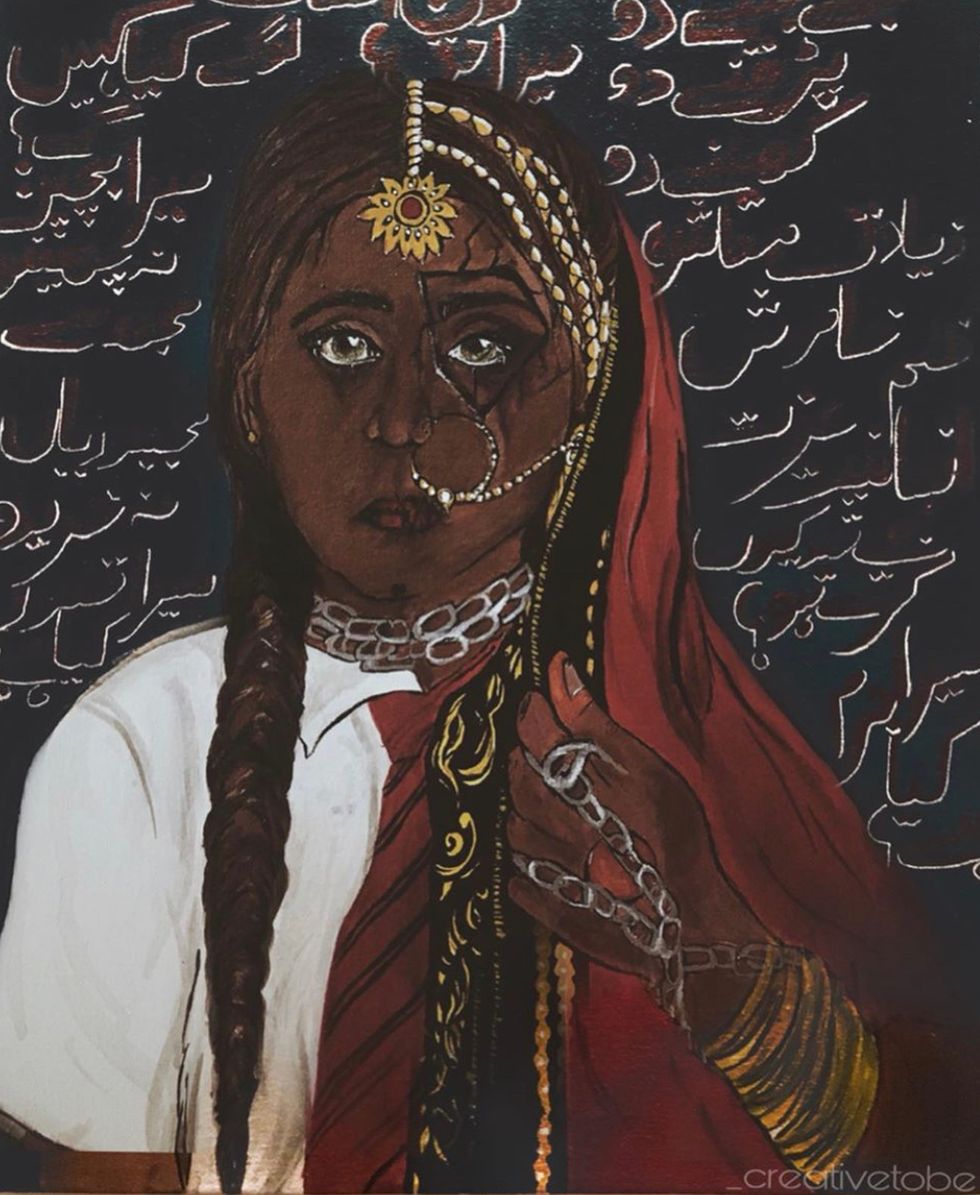According to UNICEF DATA, the term 'child marriage' is used to refer to both formal marriages and informal unions in which a girl or boy lives with a partner as if married before the age of 18. Although it is not unheard of within the United States, it is most common amongst young girls in South Asia. Statistics show that South Asia has the highest rates of child marriages in the world. Almost 45% of women aged 20-24 years reported being married before the age of 18. Almost one in five girls (17%) are married before the age of 15.
It might be easy for one to say just refuse the marriage, but for many girls living within South Asia, this topic is not up for discussion.
So why exactly do child marriages even take place, to begin with?
There is no one specific reason as to why they occur, but poverty and low economic status play a huge role. In many underdeveloped countries, women are viewed as a financial burden on the family since within poverty-driven regions, they are not earning the same wages as men and majority of the time, bringing in no income simply due to the fact of lack of education and their gender. Because of this, parents who have many children and are unable to support them all, turn to child marriages as a means to relieve the stress of having to feed one less person and not worrying about money in terms of education.
These young girls are used to settle debts and are actually used as a substitution for actual money. What makes matters even worse? The younger the girl, the better. Most girls forced into marriages as young as 11-years-old have not even reached puberty yet and are expected to lay bed with a man who is well above 40. This is not only a traumatic event for the girl who is still a child but dangerous for her health as her body is still developing and cannot and should not take such pressure. A girl who is uneducated is less likely to have the knowledge to know that what is happening to her is wrong. One is who educated might be able to make decisions for herself regardless of her circumstance and flee before any further steps are taken.
As stated by UNICEF, India has the largest number of brides in the world – one-third of the global total. Bangladesh has the highest rate of child marriage in Asia (the fourth-highest rate in the world). Nepal has also one of the highest rates of child marriage in Asia for both boys and girls.
Although child marriage is declining in South Asia, with the decline being particularly marked for girls under 15 (32% in 1985 to 17% in 2010), more attempts and resolutions need to be made to protect children from these marriages.
Unfortunately, such a tradition is not something that will ever be completely erased, but there are things that can be done to bring awareness to the topic.
One of the most important things anyone can do is advocate for girl's education. It may seem as if though one single person's input doesn't make a difference, but it is better than being silent. Malala Yousafzai, a Pakistani activist, awoke a whole generation of young girls when she was shot by a member of the Taliban, but continued to show resilience by advocating for the education and rights of women.
Organizations such as World Vision, an international partnership of Christians whose mission is to work with the poor and oppressed to promote human transformation, is fighting child marriages in several ways. In West Pokot County, Kenya, World Vision collaborates with schools and civic leaders to train boys and girls to prevent female genital mutilation (FGM), also known as cutting, and child marriage. In Bangladesh, they are teaching young girls to solve problems, think critically, communicate effectively, and make their own decisions. All of these are small steps in the right direction.
No child should ever have to endure such a fate. Though these kinds of topics are difficult to discuss, it is crucial to acknowledge what is going on in such places around the world and shed light on them.




































